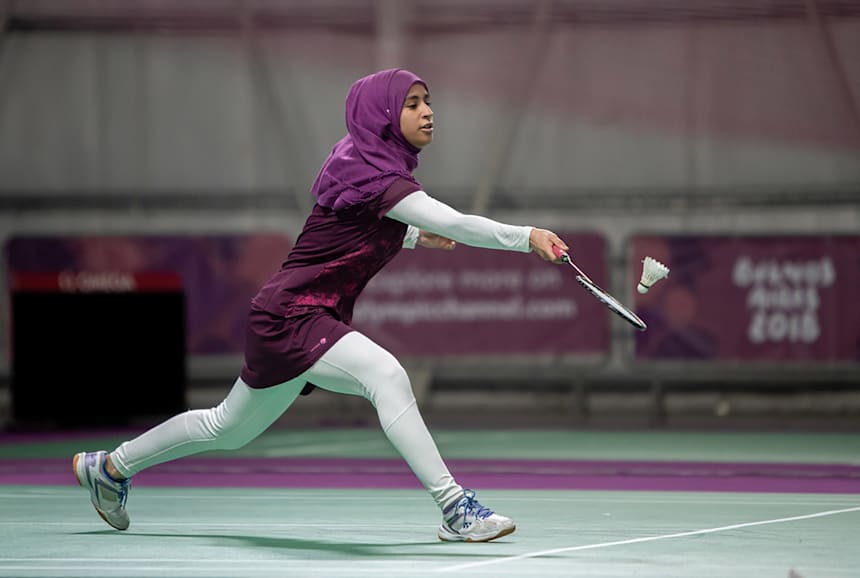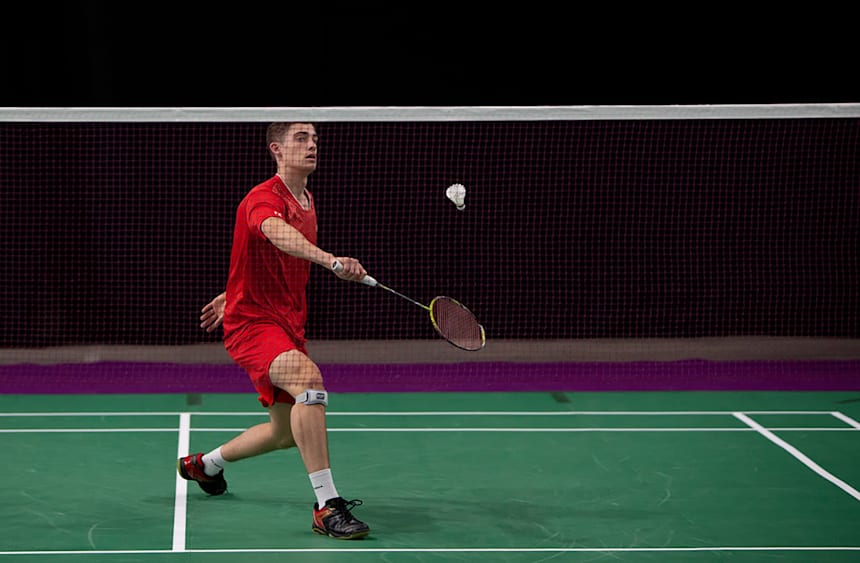Badminton shake-up fosters shuttle diplomacy
Innovative event format consists of players from different countries coming together to compete and learn from each other.
Young shuttlers will team up at the Buenos Aires 2018 Youth Olympic Games in badminton’s innovative relay event, which is as much about learning and camaraderie as it is competition. The new format consists of teams with eight athletes each of men and women representing different nations. Organisers believe it is a great opportunity for players, who may not know each other, to strive for a common goal.
“There are competitive elements, social elements, multicultural elements,” said Thomas Lund (DEN), Badminton World Federation (BWF) secretary general. “That is what YOG is. It is not only about going there and playing, it is also about creating social events and new innovations. We think the relay event (is) dynamic.”
Lund said that the BWF is testing something new that may one day be the future of the sport. Peruvian player Fernanda Saponara Rivva has never seen the new format before, but said she is cherishing the opportunity to participate. “It is a good experience for everyone because we are going to play with a lot players that we haven’t seen before,” she said.

All the players (32 men and 32 women) are drawn into the eight teams called Alpha, Epsilon, Gamma, Omega, Sigma, Theta, Zeta and Delta. The group stage consists of the four teams of each group facing each other in a mixed-relay format. Each tie between two teams consists of 10 matches: two men’s singles, two women’s singles, two men’s doubles, two women’s doubles and two mixed doubles. Each match will include one game to 11 points. The team that reaches 110 points total wins the tie. Following the group stage, rankings will be based on the number of ties won, determining which teams move on to the knockout stage. “It’s an interesting format. Any team can win,” said Thailand coach Udom Luangphetcharaporn. “It’s good for players from different teams to join in together. We can talk and play together, while we are not serious about winning or losing.”

The badminton programme, taking place from 7 to 12 October at the Tecnopolis Park, also includes men’s and women’s singles.
Li Shifeng (CHN) will be looking to emulate Shi Yuqi’s (CHN) gold-medal triumph at Nanjing 2014. Since then, the young badminton star has proven that he is one of the top players in men's singles. “It’s my first and also last YOG,” said Li, the fifth seed in men’s singles. “I will seize the opportunity to prove myself. I’m fully prepared for this event and will definitely give it a go (for the gold medal).”
The men’s singles and women’s singles competitions consist of a group stage followed by a knockout phase. Top-ranked players from each group will qualify to the quarterfinals. Thai players Kunlavut Vitidsarn and Phittayaporn Chaiwan are top seeds in the men's and women's singles, respectively.
Vitidsarn, the 2017 world junior champion and top seed in men’s singles at Buenos Aires 2018, tempered expectations by setting his goal to reach the semifinals. “I don’t want to put too much pressure on myself,” Vitidsarn said. “But I will do my best, as I can play only one time at the Youth Games.”
Ireland’s Nguyen Nhat is the third seed in men’s singles and said he is aiming for a medal. “I’m confident in myself, my ability and my playing style,” he said.